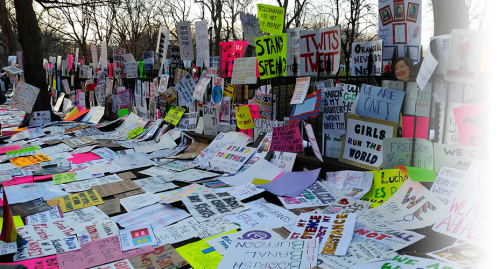“The Global Expression Report is a global, data-informed, annual look at freedom of expression worldwide. With the benefit of data and hindsight, we take a look at 2020 – how this fundamental right fared, what the key trends were, and how global events affected its exercise. The Global Expression Report’s metric (the GxR Metric) tracks freedom of expression across the world. In 161 countries, 25 indicators were used to create an overall freedom of expression score for every country, on a scale of 1 to 100 which places it in an expression category. The GxR reflects not only the rights of journalists and civil society but also how much space there is for each of us – as individuals and members of organisations – to express and communicate; how free each and every person is to post online, to march, to research, and to access the information we need to participate in society and hold those with power to account. This report covers expression’s many faces: from street protest to social media posts; from the right to information to the right to express political dissent, organise, offend, or make jokes. It also looks at the right to express without fear of harassment, legal repercussions, or violence.”

